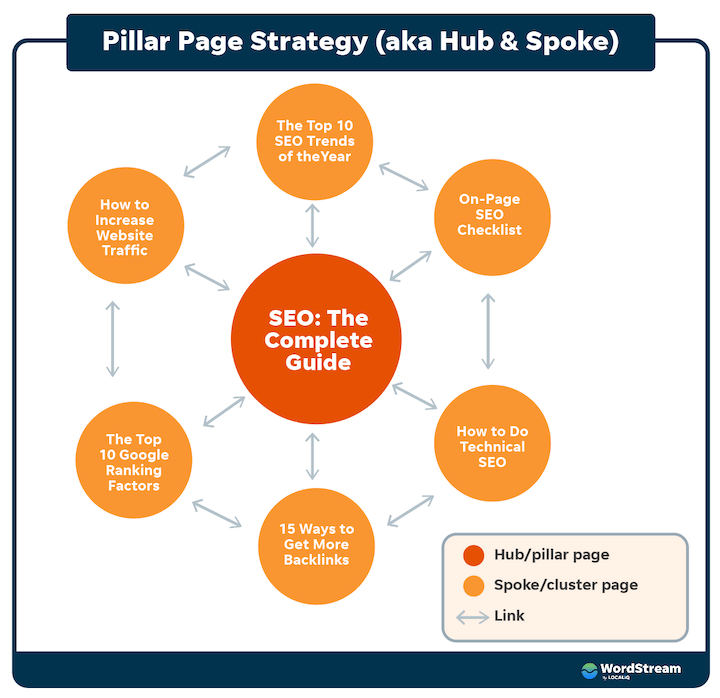Hjerteforeningen Support Pages: Protecting Your Content And Boosting Seo

Executive Summary

This comprehensive guide delves into the crucial aspects of safeguarding your content and enhancing your SEO efforts. We explore practical strategies to protect your valuable content from plagiarism, copyright infringement, and unauthorized use. Furthermore, we provide actionable insights on optimizing your website for search engines, ensuring your content is easily discoverable by your target audience. By implementing these strategies, you can effectively protect your digital assets, boost your website’s visibility, and drive meaningful results.

Introduction
In today’s digital landscape, it’s paramount to safeguard your online content while optimizing it for search engines. By striking a balance between content protection and SEO, you can create a sustainable online presence that effectively connects with your audience. This guide will provide you with the knowledge and tools to achieve these goals.
Frequently Asked Questions
Q: What are the best ways to prevent plagiarism?
A: Implementing content protection measures like watermarking, using unique identifiers, and utilizing plagiarism detection tools can help deter plagiarism.
Q: How can I optimize my website for search engines?
A: Focus on keyword research, creating high-quality content, building backlinks, and improving website speed for optimal SEO performance.
Q: What steps should I take to protect my copyright?
A: Register your copyright with the relevant authorities, include copyright notices on your website, and actively monitor for any unauthorized use of your content.
Content Protection Strategies
Content protection is paramount in safeguarding your digital assets. Implementing these strategies can deter plagiarism, copyright infringement, and unauthorized use.
Watermarking: Embed unique, invisible marks within your content to identify its origin and ownership. This acts as a digital signature, making it difficult for others to claim your work as their own.
Unique Identifiers: Incorporate unique identifiers into your content, such as metadata tags, to track its distribution and prevent unauthorized use. This allows you to monitor the usage of your content and take action if necessary.
Plagiarism Detection Tools: Utilize plagiarism detection software to scan your content and identify instances of duplication. This helps you identify potential copyright infringements and address them promptly.
Content Protection Software: Invest in content protection software that encrypts your content and restricts unauthorized access. This prevents unauthorized copying, distribution, and modification of your digital assets.
SEO Optimization Techniques
Optimizing your website for search engines is essential for boosting your visibility and driving traffic. These techniques help improve your website’s ranking in search engine results pages (SERPs).
Keyword Research: Identify relevant keywords that your target audience is likely to use in search queries. Use this research to guide your content creation and optimize your website’s structure.
On-Page Optimization: Optimize your website’s content, headings, meta descriptions, and image tags for your chosen keywords. This makes your website more relevant to search engines and improves your ranking.
Backlink Building: Acquire high-quality backlinks from reputable websites to enhance your website’s authority and improve your search engine rankings.
Website Speed Optimization: Ensure your website loads quickly to improve user experience and boost your SEO performance. Optimize images, compress code, and leverage caching techniques to enhance speed.
Content Licensing
Content licensing allows you to control the distribution and use of your content. This grants specific permissions to others, enabling you to monetize your work and protect your intellectual property.
Creative Commons Licensing: Offer various levels of permission, ranging from allowing free distribution to requiring attribution. This can broaden your content’s reach while ensuring its integrity.
Commercial Licensing: Grant licenses for commercial use of your content, enabling companies or individuals to incorporate your work into their projects. This can generate income and expose your content to new audiences.
Attribution Requirements: Specify how others should credit you when using your content. This protects your authorship and promotes transparency in content sharing.
Non-Commercial Licensing: Restrict the use of your content for commercial purposes while allowing free distribution and adaptation for non-profit uses. This can promote the wider accessibility of your work while maintaining control over its commercial use.
Content Curation
Curation allows you to gather and organize valuable content from various sources, creating a comprehensive resource for your audience. This can strengthen your brand authority and establish you as a leader in your field.
Content Aggregators: Utilize content aggregation tools to automatically collect relevant content from different platforms and organize it into curated feeds.
Community Building: Foster a community around your content by creating forums, groups, or social media communities where people can share and discuss relevant information.
Content Syndication: Syndicate your content on other platforms, reaching a broader audience and increasing its visibility.
Social Media Integration: Promote your curated content on social media platforms, engaging with your audience and encouraging discussions.
Conclusion
Protecting your content and optimizing it for SEO are essential for building a successful online presence. By implementing the strategies outlined in this guide, you can safeguard your digital assets, boost your website’s visibility, and achieve your content goals. Remember, continuous monitoring and adaptation are crucial to ensure your content remains protected and your SEO efforts remain effective in the ever-evolving digital landscape.
Keyword Tags:
- Content Protection
- SEO Optimization
- Copyright Protection
- Content Licensing
- Content Curation
So, you're telling me that the only way to protect my content is to make it so difficult to read that no one will even want to try? Brilliant!
I've been using these methods for a while now, and they've worked wonders for my website. Highly recommend them to anyone looking to protect their content and boost their SEO!
I'm not sure I understand the difference between 'protecting' content and 'making it impossible to use'. This article seems to be promoting the latter.
This is great! I've been struggling to get my content protected. I'm going to try these tips right away! Thank you so much for sharing this information.
This is all well and good, but what about the ethical implications of all these protection measures? Are we not hindering access to information by making it so difficult to copy?
I don't understand why they have to be so complicated. I just want to write my content and have it be safe! This article is way too much for me.
Protecting content is essential, but this article makes it sound like a huge, complicated process. There are much simpler ways to achieve the same results. Don't overthink it.
This article is so helpful! I've been trying to improve my SEO for ages, and this gives me some great ideas. I'm definitely going to try implementing some of these strategies.
This article is so long and boring, I almost fell asleep reading it. Maybe they should have just made a list of bullet points instead of writing a whole novel about it.